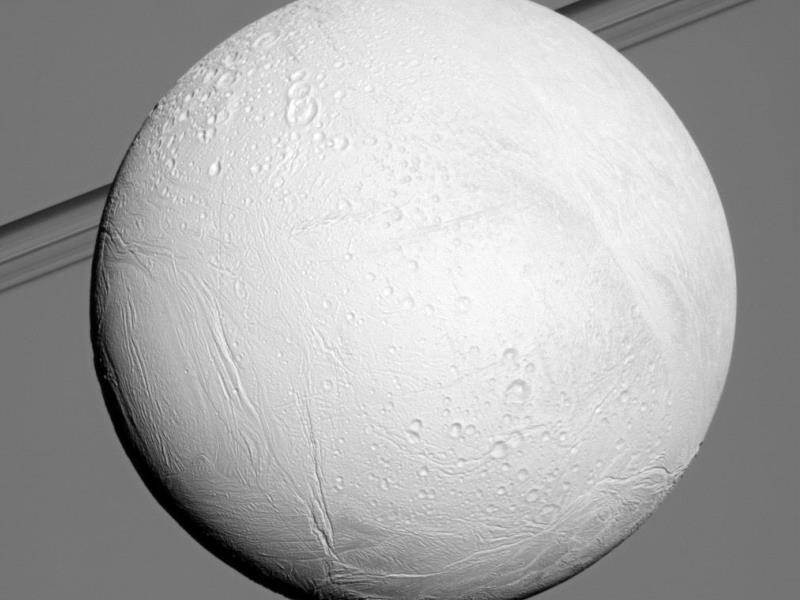-
Tips for becoming a good boxer - November 6, 2020
-
7 expert tips for making your hens night a memorable one - November 6, 2020
-
5 reasons to host your Christmas party on a cruise boat - November 6, 2020
-
What to do when you’re charged with a crime - November 6, 2020
-
Should you get one or multiple dogs? Here’s all you need to know - November 3, 2020
-
A Guide: How to Build Your Very Own Magic Mirror - February 14, 2019
-
Our Top Inspirational Baseball Stars - November 24, 2018
-
Five Tech Tools That Will Help You Turn Your Blog into a Business - November 24, 2018
-
How to Indulge on Vacation without Expanding Your Waist - November 9, 2018
-
5 Strategies for Businesses to Appeal to Today’s Increasingly Mobile-Crazed Customers - November 9, 2018
NASA’s Cassini spacecraft begins its final tour around Saturn’s large, icy moons
NASA announced that its Saturn spacecraft, Cassini, has begun its series of close flybys of the planet’s large, icy moon Enceladus on Wednesday, October 14. During Cassini’s early-mission encounters with the moon, the northern part of Enceladus was in winter darkness.
Advertisement
The feat was accomplished October 14 at 6:41 a.m. EDT (10:41 a.m. GMT) almost two years before the mission is slated to end.
Images from the encounter are expected to arrive on Earth in one or two more days, according to NASA, and could shed new light on the moon’s mysterious past.
Jonathan Lunine, an interdisciplinary scientist on the Cassini mission at Cornell University in Ithaca, New York, said: “The global nature of Enceladus’ ocean and the inference that hydrothermal systems might exist at the ocean’s base strengthen the case that this small moon of Saturn may have environments similar to those at the bottom of our own ocean”. Cassini will observe the moon from an altitude of 1,142 miles (1,839 km) and search for signs of ancient geological activity similar to that known to have occurred on the icy moon’s south pole.
Enceladus – a moon of the planet Saturn – has active water and ice geysers on its surface, discovered by the Cassini spacecraft in 2006. Under it’s surface is a global sea which many scientists believe could have hydrothermal activity occurring on the ocean floor. “We’re still trying to figure out what its history has been, and how it came to be this way”, Buratti added.
CGI rendition of Cassini’s flyby of Enceladus with Saturn in the background. But the real excitement comes later this month when Cassini will circle back and pass within just 30 miles of the south polar region, actually flying through the spray of the plume.
Cassini has been exploring the Saturnian system since 2004 but this latest flyby marks the first time the craft has taken a close-up look at the north pole area of Encedalus.
Enceladus has proven to be one of Cassini’s most notable successes in terms of discoveries.
Cassini spacecraft image from 2010 of Saturn’s moon Enceladus. The final flyby will happen in December at an altitude of 3,106 miles with the goal of examining heat from the moon’s interior.
We’ll continue observing Enceladus and its remarkable activity for the remainder of our precious time at Saturn.
Advertisement
The Cassini mission is a project of NASA, the European Space Agency and the Italian Space Agency, managed by NASA JPL.




























